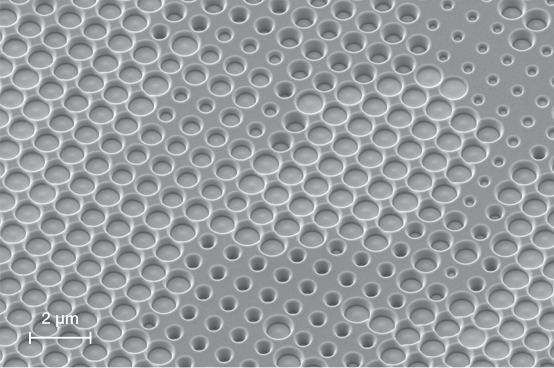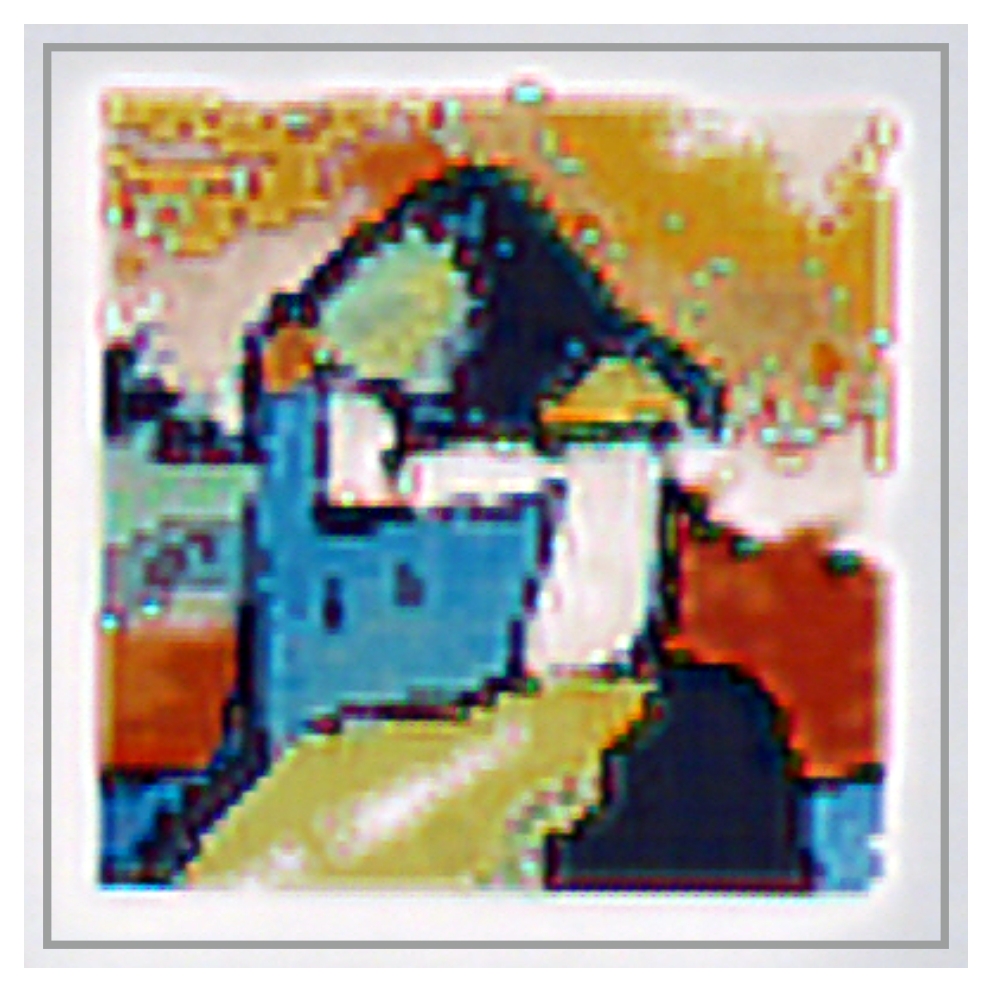
Advancements in nanotechnology and photonics are transforming various industries, offering exciting possibilities for metadevices and nanoscale optical sensors. However, manipulating light on the nanoscale has been challenging due to intrinsic losses in metals and dielectrics. A group of researchers around Mario Hentschel and Harald Giessen from the University of Stuttgart have addressed this issue with a groundbreaking strategy: resonant sub-wavelength localized confinement of light in air. This innovative approach not only enhances performance, but also opens doors for nanoscale color printing and art replication.
Unlocking the Power of Resonant Mie Voids
Dielectric systems have gained attention for their lower loss and flexibility. By creating voids within high-index dielectric materials, the researchers discovered localized resonant modes with exceptional optical properties. They used their RAITH ionLINE (now VELION) FIB system to mill cylindrical holes into bulk silicon wafers with single-charged gold ions. This gave them the possibility to utilize the intrinsic depth variation capability in order to create voids with varying diameter and depth––a crucial factor for their resonant behavior.

Unlike traditional systems, these resonant Mie voids confine light within air voids, eliminating loss and dispersion issues. This breakthrough enables effective manipulation of UV radiation, pushing the operation of high-index metasurfaces into the visible and UV spectral range.
Nanoscale Color Printing: A Fusion of Art and Science
Resonant Mie voids display brilliant and naturalistic colors in their scattering response, making them ideal for nanoscale color printing. A “color catalog” using arrays of voids with varying diameters and depths was created, reproducing a wide range of colors across the visible spectrum. To demonstrate the potential, Mario Hentschel et al. chose the painting “Improvisation No. 9″ by Wassily Kandinsky and printed a section of it using arrays of Mie voids. The resulting nanoscale color print can currently be viewed in the Staatsgalerie Stuttgart, where it will be displayed under a microscope next to the original for about five months. The “Nano-Kandinsky” is remarkably detailed, showcasing vivid and naturalistic colors against the silicon background. With a resolution of 36,000 dots per inch (dpi), these miniature color prints are astonishingly detailed, capturing the essence of the original artwork at a nanoscale level. Moreover, the use of silicon as the substrate ensures the stability of these prints over extended periods due to the material’s inertness and hardness. It showcases how this technique also offers an exciting new frontier for art reproduction and preservation.
in more details and Insights?


